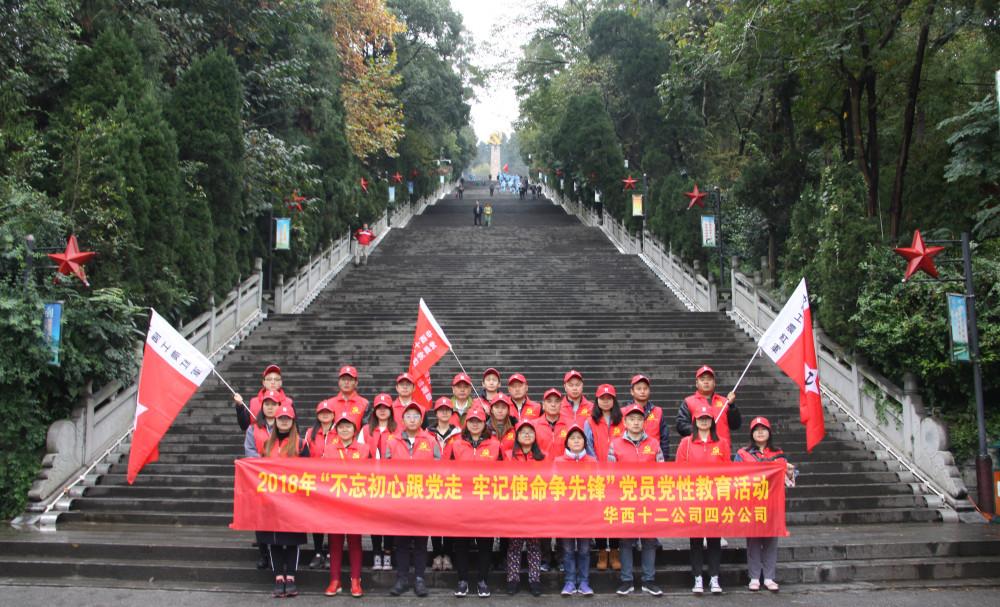The site of the Zunyi Conference, located at No. 96 Ziyin Road, Honghuagang District, Zunyi City, Guizhou Province, was originally the private residence of Bai Huizhang, commander of the Second Division of the 25th Army of the Kuomintang. Built in the early 1930s, the building is a brick and wood structure, a two-storey building with a combination of East and West.

20th century Architectural Heritage of China
The first batch of national key cultural relics protection units
National AAAA-level tourist attractions
Top 10 red tourist attractions in China
Patriotic education base of the Central Propaganda Department
National Youth Education Base
The inscription "Zunyi Conference Site" that we see now was personally inscribed by Chairman Mao Zedong.
In early January 1935, after the Long March of the Chinese Workers' and Peasants' Red Army arrived in Zunyi, the General Department and the First Bureau of the Central Revolutionary Military Commission of the Chinese Soviet Republic were stationed in this building. From January 15 to 17, the Zunyi Conference (i.e., the enlarged meeting of the Politburo of the CPC Central Committee) was held here.
There are 1551 cultural relics and materials preserved in the exhibition hall of the Zunyi Conference Site, 726 original Chinese, 667 replicas, 158 imitations, many precious documents, manuscripts and collected Red Army slogans such as ferries used during the Long March of the Red Army. There are also photos of party and state leaders who have come to obey since the founding of New China. The National Archives also donated valuable documents and materials of the "Outline of the Zunyi Conference Transmission" to the Zunyi Conference Memorial Hall.
The exhibition halls, conference rooms, revolutionary cultural relics, historical materials, and historical photos at the site of the Zunyi Conference are to let future generations have a deep understanding of the revolutionary spirit of the revolutionary martyrs who are brave in struggle, indomitable, and not afraid of sacrifice, and understand the red history of the Zunyi Conference and the Four Crossings of the Red Water In the arduous 25,000-mile Long March to inherit and carry forward the revolutionary traditions of the Zunyi Conference, inherit the red gene, and use revolutionary culture to spread and nourish the core socialist values. Open up broader prospects for the development of socialism with Chinese characteristics. (END)